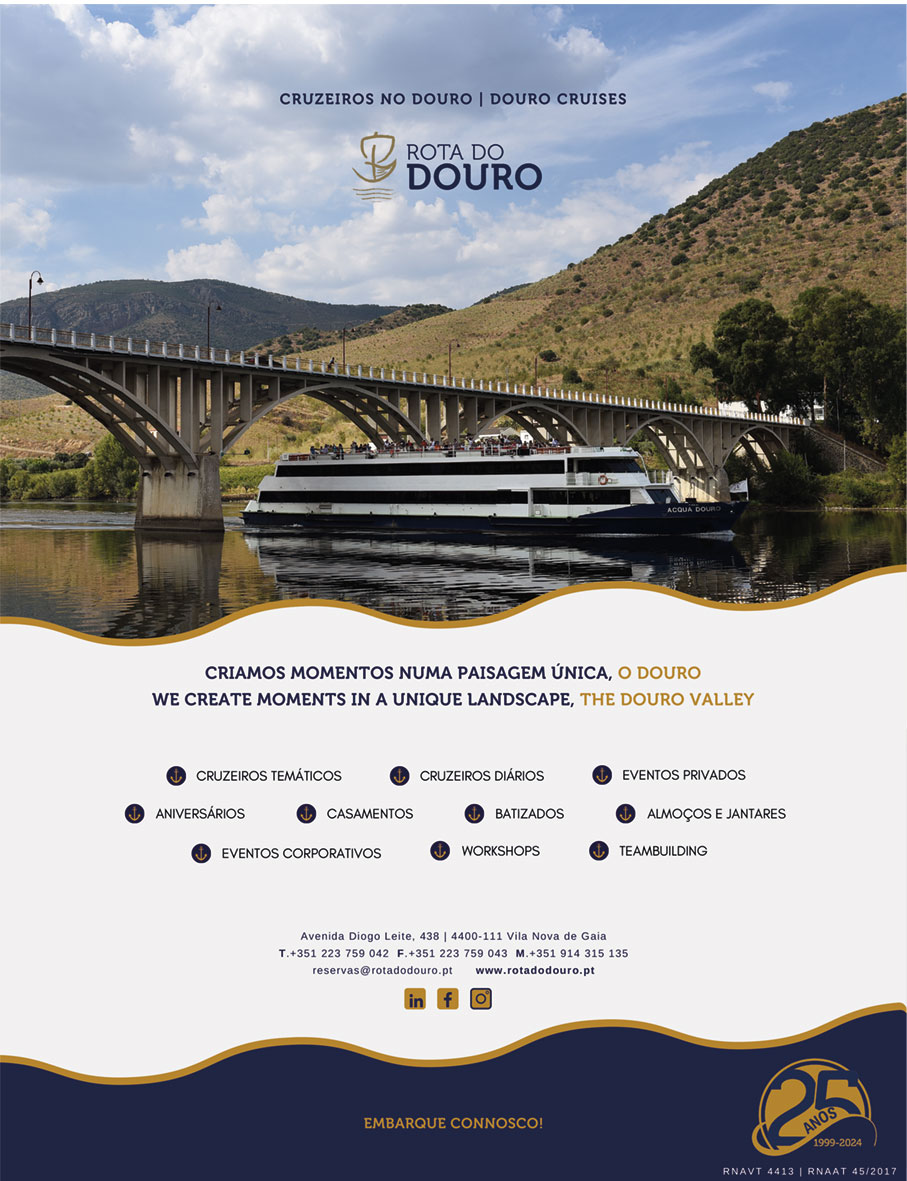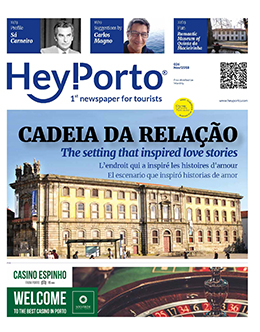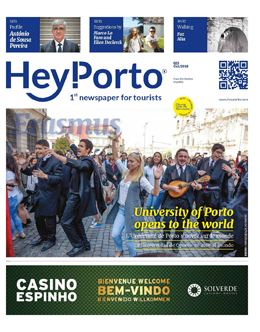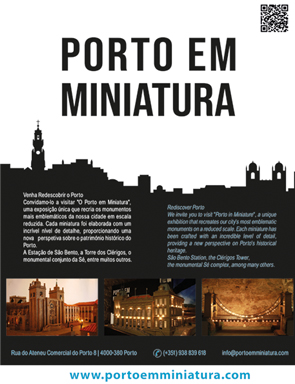Miragaia began to be populated in 1243 and was a small fishing village by the river. Miragaia beach, located above the old river beach, was frequented by local fishermen.
Miragaia was a fishing area par excellence, as it allowed boats to anchor in a safe and sheltered way, given its geographical location next to the River Douro, and also bathed by the River Frio, which supplied the town with fresh water.
The conditions of the land, with its long stretches of sand, also made it possible to locate shipyards where countless vessels were built, including the fleet that Infante D. Henrique the Navigator ordered to be built in Porto for the conquest of Ceuta in 1415.
Miragaia was already linked to the city, including the wall that King Afonso IV built, which he developed on his way west, and which was only completed during the reign of King Fernando.
Within this wall, King Manuel I built the Porta Nobre (Noble Gate) to enlarge the old Praia de Miragaia wicket. It extended from this gate to Monchique and was known as the “Praia do Mosqueiro” (Mosqueiro Beach). Largo da Praia” is the square that forms Rua de Miragaia, opposite the Customs House.
The Jewish neighbourhood in Miragaia occupied a large space between the beach, the escarpment of Bandeirinha and the Monchique area. They had their own synagogue and private cemetery.
Downtown Miragaia, with its famous arcades, which were the front of the houses overlooking the beach, was gradually invaded by the population of brokers and freight forwarders, and their offices took over the upper floors.
As the river stopped carrying traffic and container loads, there was a counter-cycle: the freight forwarders and offices left, and the people came back.
The Customs House was built on stilts and with direct contact between the river’s waters and the land, through open culverts for the opposite movement.
In the days when the river was large and there were no dams on the Douro, as soon as the waters began to threaten the Ribeira area, Miragaia would see them threatening their houses.
In 1966, the water was so great that it sometimes entered the houses again and the boats once more travelled up Rua de Miragaia.
The struggle of the people of Miragaia reflects their desire and will, which stands up fighting and honoured as descendants of the sailors who lived here.
This typical and charming neighbourhood offers beautiful views of the River Douro from the highest areas.








Comments are closed here.